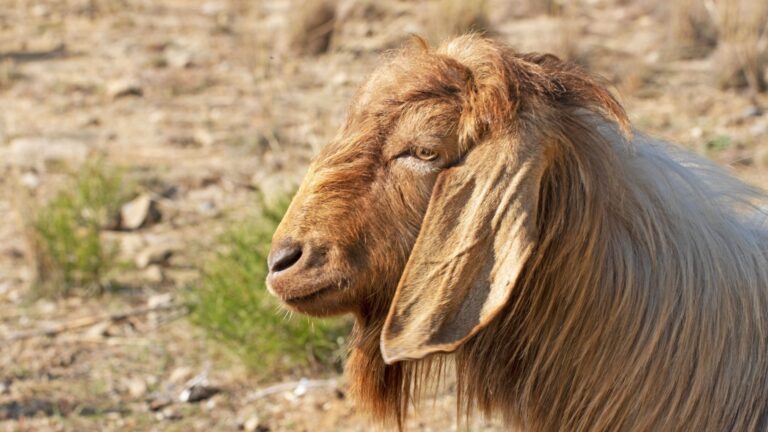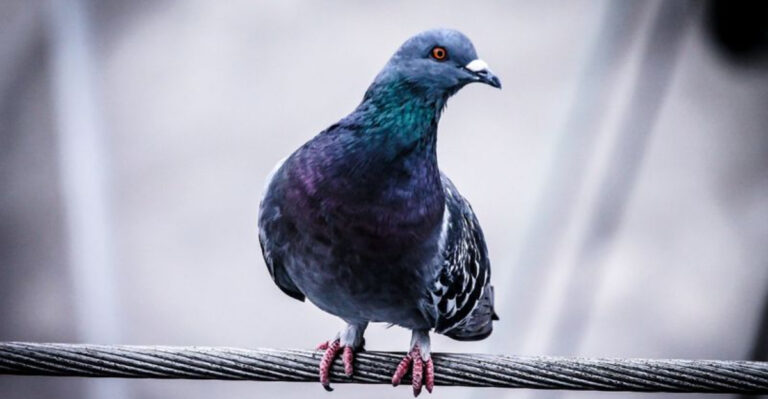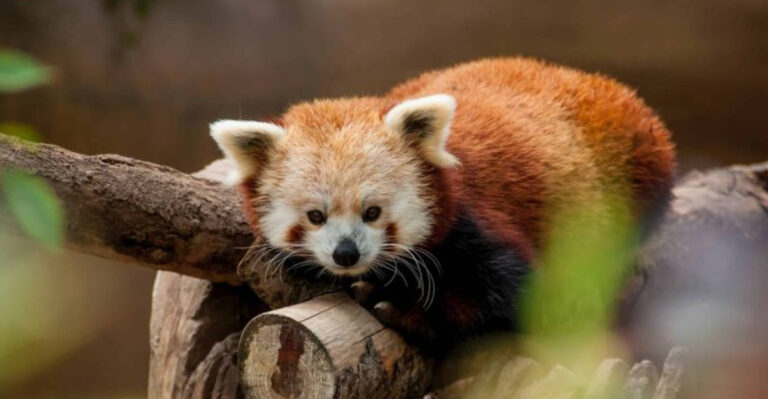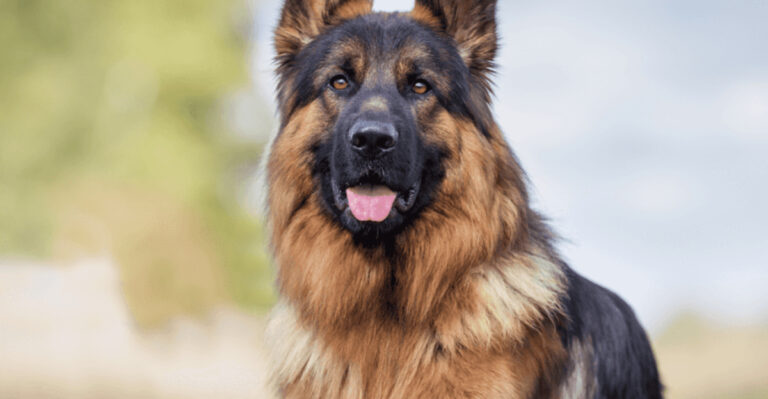15 Ways Cats Prove They Make Easier Pets Than Dogs
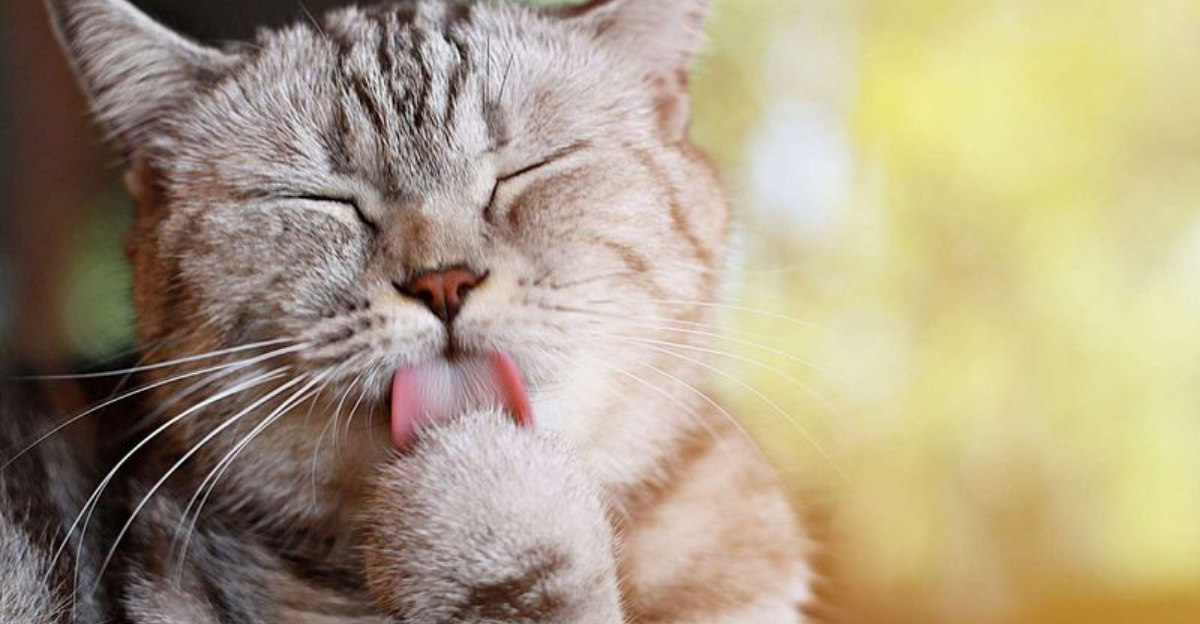
While dogs have long been celebrated as man’s best friend, cats hold their own special charm and often prove to be more convenient companions.
In this list, we dip into why cats might just edge out dogs when it comes to being low-maintenance pets.
1. Litter Box Convenience
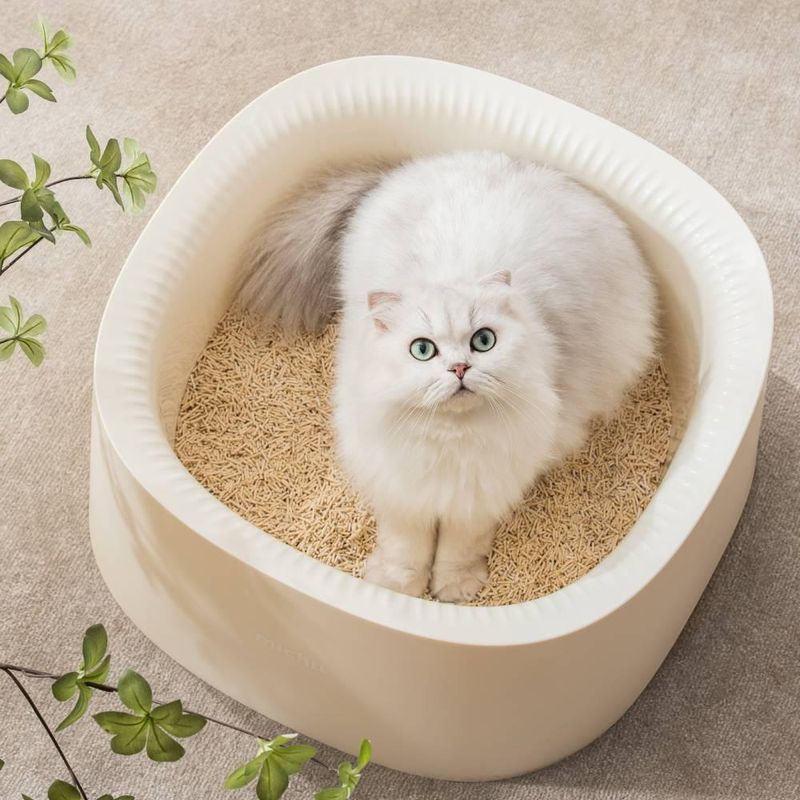
Unlike dogs, which need to be taken out for walks, cats have the convenience of litter boxes. This means no late-night or early-morning trips outside in the rain or snow.
Litter boxes provide a private and sanitary place for cats to do their business.
With proper training, cats instinctively use them, sparing their owners from the hassle of house training.
Plus, cleaning a litter box is often considered easier than dealing with the occasional mess a dog might leave behind.
2. Independent Spirits
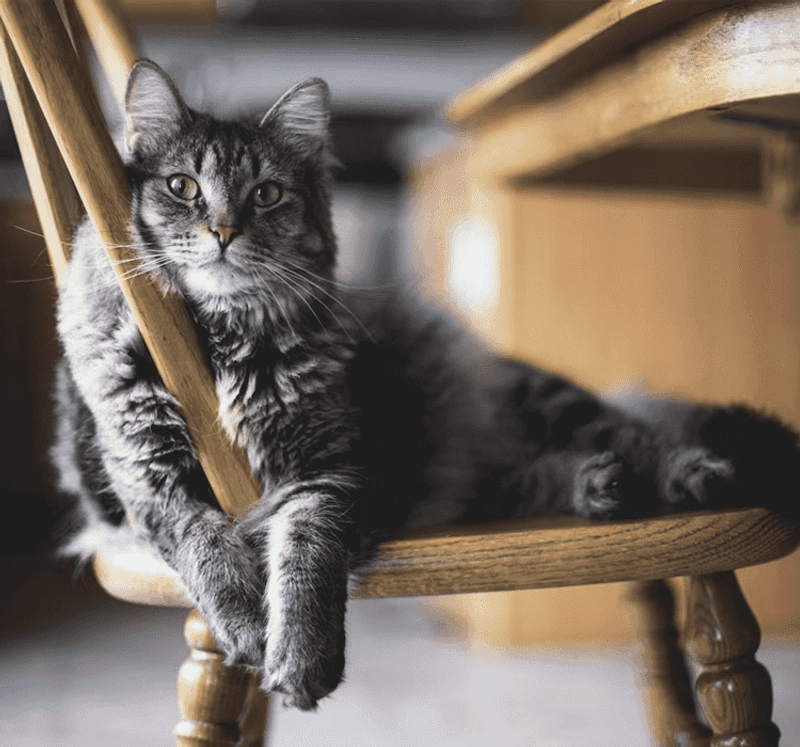
Cats are famously independent creatures. They don’t require constant attention or companionship to be happy, making them a great fit for busy people.
While dogs may suffer from separation anxiety, cats often relish their alone time.
Their ability to entertain themselves with toys or simply bask in a patch of sunlight means they can be left alone for longer periods without concern.
This independence doesn’t mean they don’t enjoy human company; they simply appreciate it on their own terms.
3. Quiet Companions
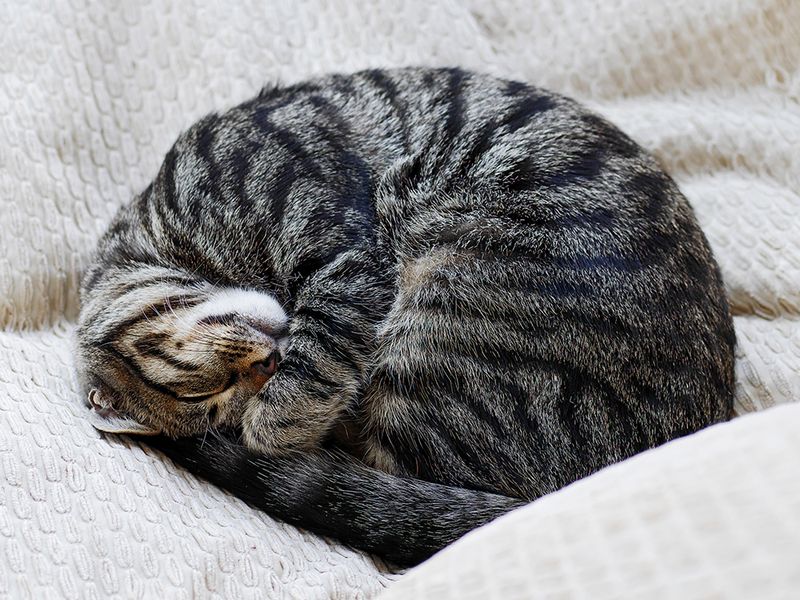
Cats are generally quieter than dogs. While dogs may bark at the slightest noise, cats tend to be more subdued. Their meows are often reserved for specific communications, like asking for food or attention.
This quiet nature can be a blessing in apartments or shared living spaces where noise might be an issue.
A cat’s purring can be soothing and is often associated with contentment and relaxation, adding to the peaceful atmosphere of a home.
4. No Need For Walks
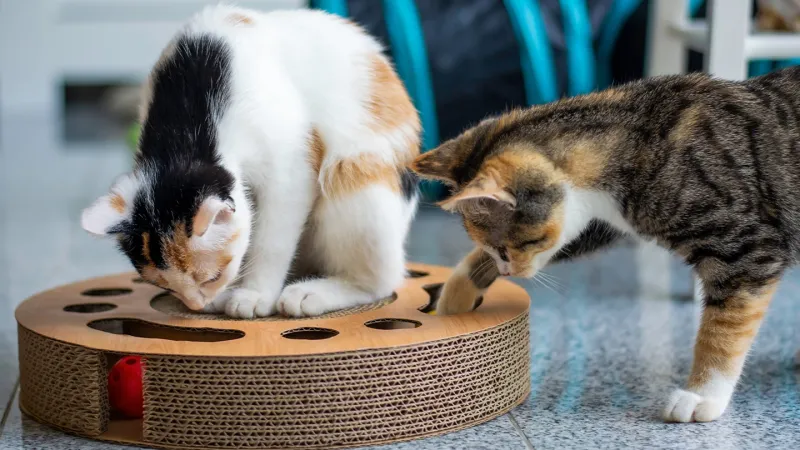
One of the biggest advantages of having a cat is that they don’t require daily walks. Cats are content to exercise indoors, chasing toys or climbing cat trees.
This means no need to brave the elements or schedule walks into your daily routine. For those with busy lifestyles, this can be a significant time-saver.
While dogs might tug at the leash begging for a walk, cats happily find their entertainment inside, sparing you the extra effort.
5. Economical Eaters
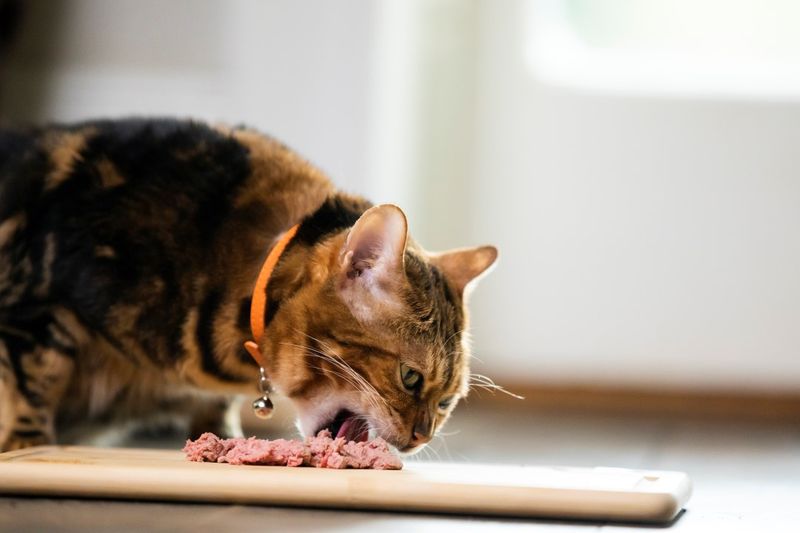
Cats tend to eat less than dogs, which can be easier on the wallet. Their meals are usually smaller, and they often graze throughout the day, picking at their food as they please.
This can reduce food waste and the need for large storage spaces.
Cats are also known to be finicky eaters, which means they can often regulate their own intake, unlike some dogs who may overeat if given the chance. This can make feeding them a straightforward task.
6. Low-Maintenance Play
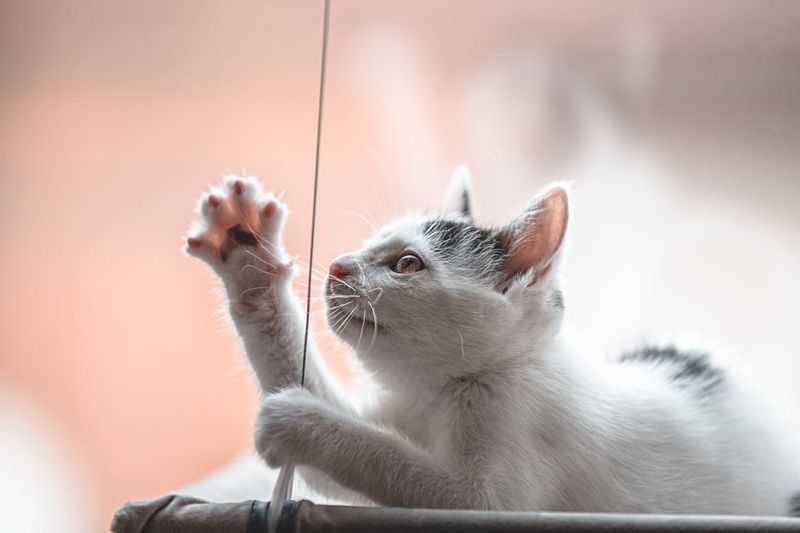
Cats can entertain themselves with the simplest of toys. A piece of string, a paper ball, or a feather can keep a cat occupied for hours.
This low-maintenance playstyle means you don’t have to invest in expensive toys.
Unlike dogs that may require fetch games or run in the park, cats are content with indoor activities.
Their playful antics can be both amusing and endearing, providing companionship without the need for high-energy activities.
7. Compact Living
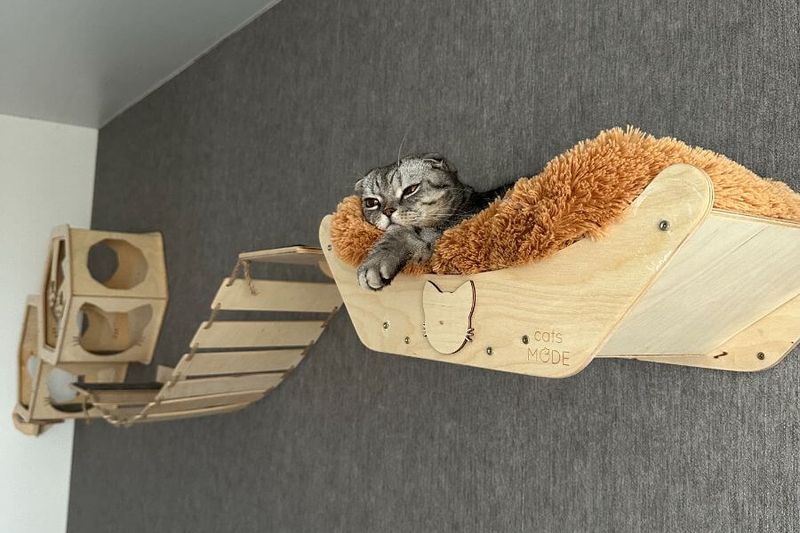
Cats are perfect for smaller living spaces. They can find comfort in nooks and crannies, and their vertical prowess allows them to make use of every inch of space.
In contrast, dogs, especially larger breeds, require more room to roam and play. This makes cats ideal for apartment dwellers or those with limited space.
Their ability to adapt to compact environments without fuss is one of their most appealing traits for urban living.
8. Less Allergic Reactions
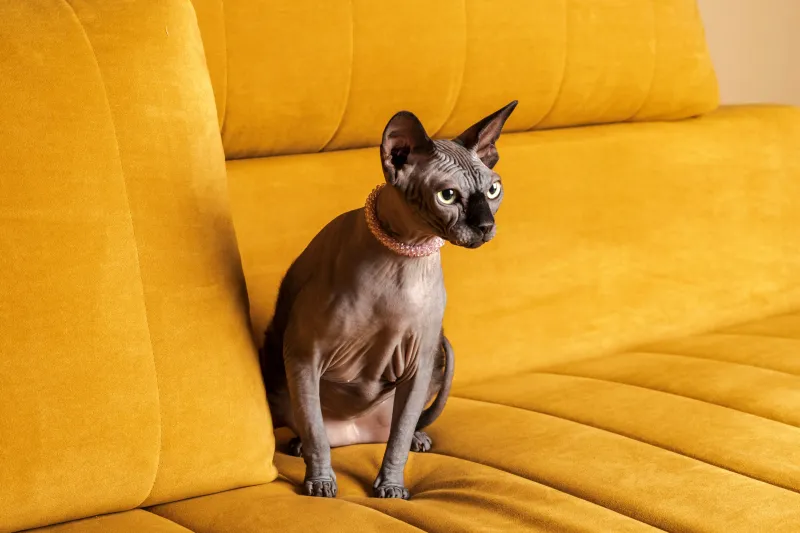
Did you know some cats produce fewer allergens than dogs? For people with pet allergies, hypoallergenic cat breeds can be a viable option.
While no pet is completely hypoallergenic, cats like the Siberian or Balinese are known to cause fewer allergic reactions.
This can make cohabitating with a cat more feasible for allergy sufferers compared to many dog breeds. The presence of a serene, low-allergen cat can bring joy without the sneezes.
9. No Slobbery Kisses
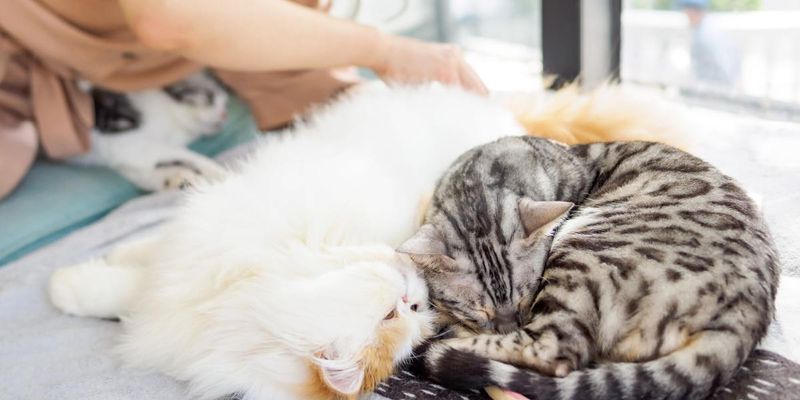
Unlike some dogs known for their slobbery affections, cats are usually less messy with their displays of love. Cat owners rarely have to worry about drool-covered clothes or faces.
Cats show affection in their own dignified way, often through a gentle headbutt or a soft purr.
This neat and tidy manner can be a welcome change for those who prefer a less hands-on approach to pet affection, ensuring interactions are enjoyable and clean.
10. Flexible Feeding Schedules
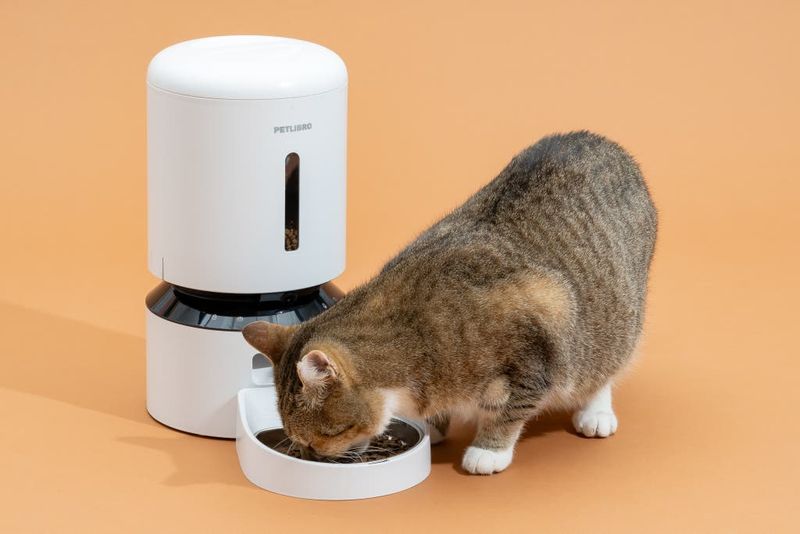
Cats can adapt to more flexible feeding schedules compared to dogs. With the use of automatic feeders, cats can graze throughout the day.
This flexibility suits busy owners who can’t adhere to regular feeding times. Cats’ ability to self-regulate their meals means less pressure to be home at a specific time.
This convenience allows for a more relaxed lifestyle, accommodating unexpected changes in routine without distressing your feline friend.
11. Climbing Enthusiasts
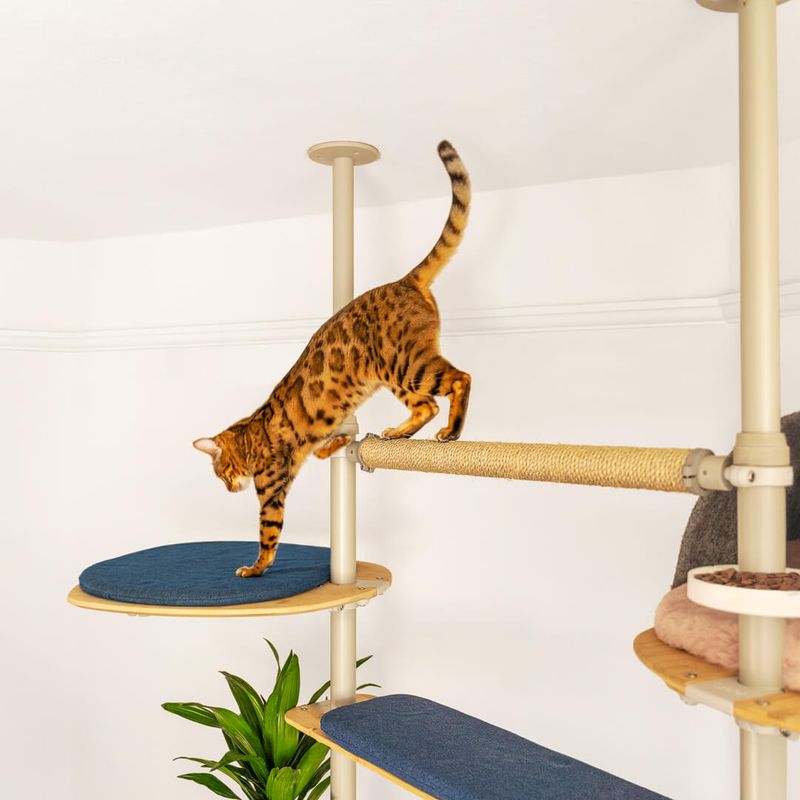
Cats are natural climbers, often seen scaling furniture or cat trees with ease. This climbing prowess is a wonderful way for them to exercise indoors.
Creating vertical spaces for cats to explore can keep them entertained and physically fit. Dogs, however, rely more on outdoor spaces for exercise.
Cats’ love for height means they make use of space in creative ways, adding a dynamic element to home interiors with their adventurous antics.
12. Nature’s Pest Control
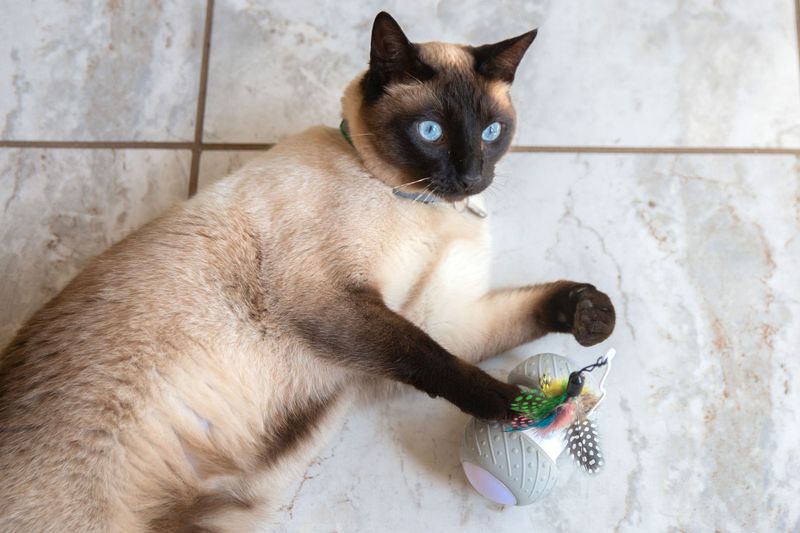
Cats have been cherished for their hunting abilities for centuries. Even indoor cats possess a strong prey drive, often seen in their playful stalking of toys.
This natural instinct can help keep homes free from pests like mice. Their role as silent pest controllers is both practical and fascinating, adding another layer to their multifaceted personalities.
While dogs can help guard a home, cats quietly ensure it stays critter-free.
13. Self-Sufficient Groomers
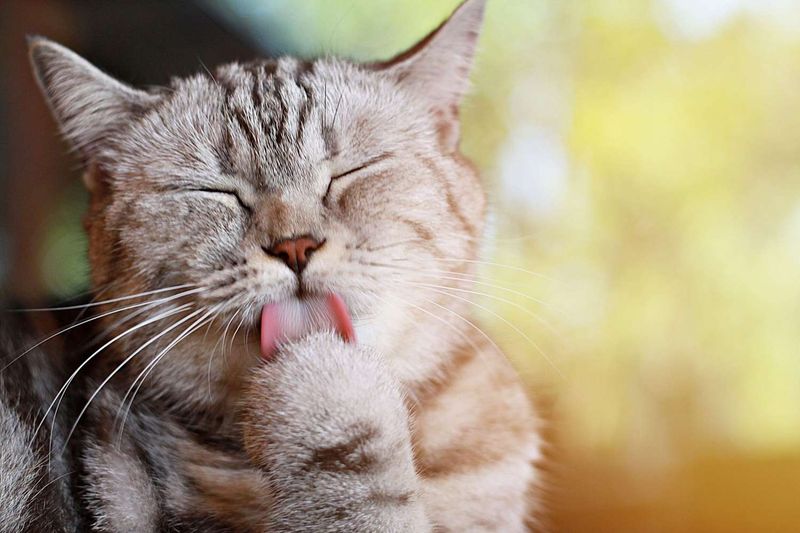
Cats are known for their fastidious grooming habits. They seem to possess an innate ability to keep themselves clean without much human assistance.
With their sandpaper-like tongues, they brush through their fur, removing dirt and loose hairs. This self-grooming not only keeps them looking neat but also helps with temperature regulation.
Dogs, on the other hand, often require regular baths and trips to the groomer. This makes cat owners’ lives a bit easier, as they don’t have to worry about muddy paws or wet dog smells.
14. Charming Night Owls
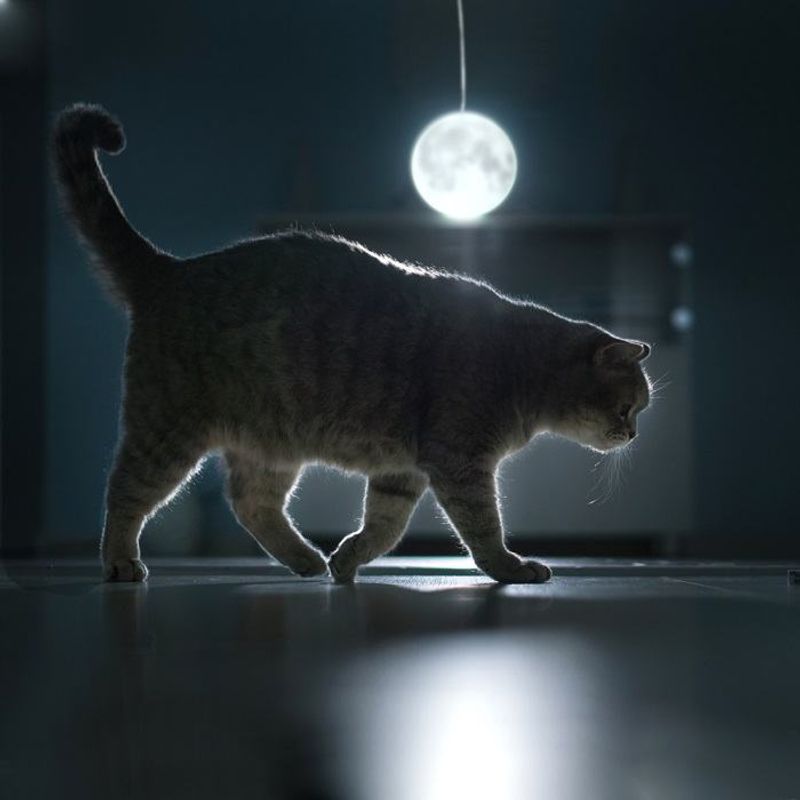
Cats are often more active at night, a trait inherited from their wild ancestors who hunted during the twilight hours.
This nocturnal nature can be entertaining as they embark on night-time adventures around the home.
For night owls, this can be a delightful time to bond with their feline friends. While dogs might settle for the night, cats offer companionship during late hours, adding a unique rhythm to household life.
15. Graceful Aging
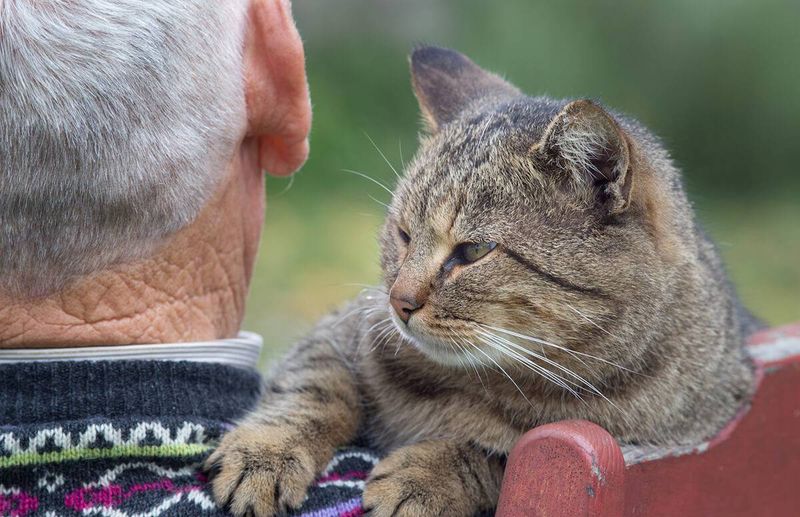
Cats tend to age gracefully, maintaining their dignity and independence into their senior years. They often require fewer adjustments to their routines as they grow older compared to dogs.
Their self-sufficient nature means they continue to groom themselves and remain active in their own gentle ways.
For pet owners, this means fewer changes in caregiving as their feline companions age, allowing for a serene and consistent relationship.


